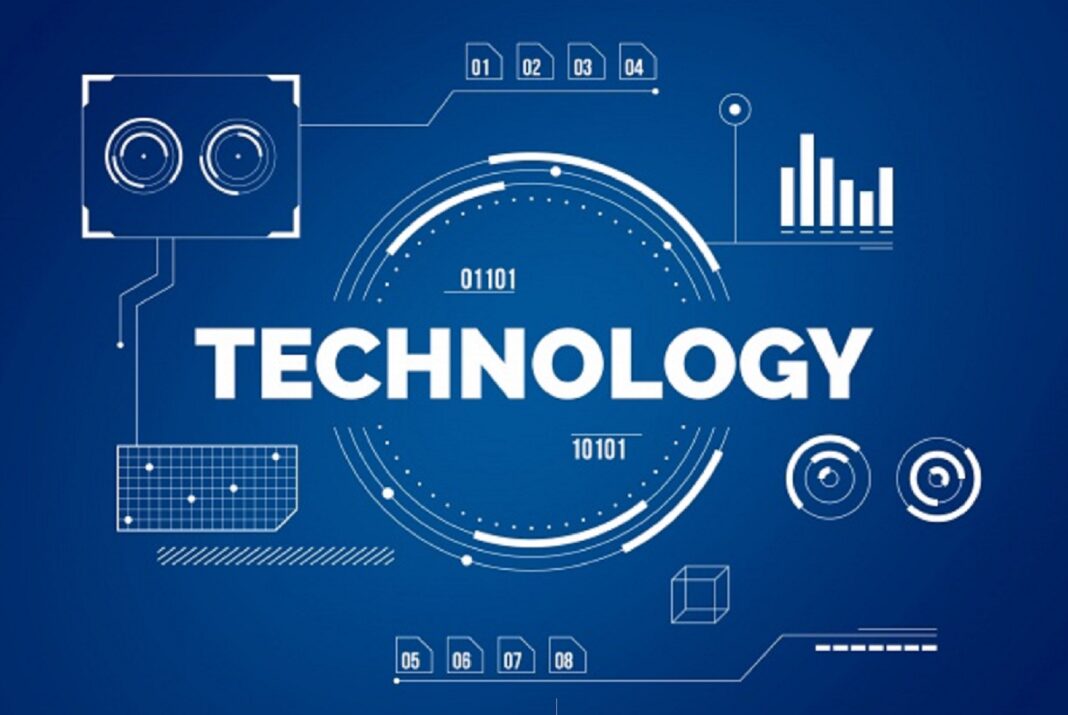Outline
- Introduction
- Definition of Technology
- Ubiquity in Daily Life
- Historical Evolution
- Early Technological Advancements
- Industrial Revolution
- Information Age
- Types of Technology
- Information Tech
- Biotechnology
- Nanotechnology
- Impact on Communication
- Social Media Revolution
- Virtual Communication Platforms
- Technological Advancements in Medicine
- Telemedicine
- Robotics in Surgery
- Educational Technology
- E-learning Platforms
- Interactive Learning Tools
- Role of Technology in Business
- Automation and Efficiency
- E-commerce Growth
- Environmental Impact
- Sustainable Technology
- Green Energy Solutions
- Artificial Intelligence
- Machine Learning
- Applications in Daily Life
- Challenges and Concerns
- Privacy Issues
- Job Displacement
- Future Technological Trends
- Internet of Things (IoT)
- Quantum Computing
- Ethical Considerations
- Responsible AI Development
- Ethical Use of Biotechnology
- Technology and Society
- Cultural Impact
- Social Connectivity
- Innovation and Creativity
- Technology as a Catalyst
- Collaboration in the Digital Age
- Conclusion
- Summarizing the Impact of Technology
Technology, a term often used in contemporary discussions, encompasses the tools, systems, and processes that facilitate problem-solving and improve human life. From the wheel’s invention to the current era of artificial intelligence, technology has undergone a remarkable evolution, shaping societies and altering the way we live, work, and communicate.
Historical Evolution
Early Technological Advancements
Human ingenuity has fueled technological advancements throughout history. From the invention of the wheel and printing press to the harnessing of steam power, these innovations laid the foundation for more sophisticated developments.
Industrial Revolution
The 18th-century Industrial Revolution marked a significant turning point. Steam engines and mechanization revolutionized industries, leading to increased production and urbanization.
Information Age
In the latter half of the 20th century, the Information Age emerged, characterized by rapid advancements in computing and telecommunications. The rise of personal computers and the internet transformed global communication.
Types of Technology
Information Technology
Information tech (IT) plays a pivotal role in managing and processing information. Computers, software, and networks form the backbone of IT, driving efficiency and connectivity.
Biotechnology
Biotech manipulates living organisms for practical applications, ranging from medicine to agriculture. Genetic engineering and biopharmaceuticals showcase the potential of this field.
Nanotechnology
Nanotech involves manipulating materials at the molecular or atomic level. Applications include nanomedicine, electronics, and materials science.
Impact on Communication
Social Media Revolution
The advent of social media platforms has redefined communication, enabling instantaneous sharing of information and connecting people globally.
Virtual Communication Platforms
Technological tools like video conferencing have become integral, especially in the wake of global events, fostering virtual collaboration and communication.
Technological Advancements in Medicine
Telemedicine
Telemedicine leverages technology to provide healthcare remotely, improving access to medical expertise and services.
Robotics in Surgery
Robotic technologies enhance surgical precision, minimizing invasiveness and improving patient outcomes.
Educational Technology
E-learning Platforms
Educational tech facilitates remote learning, with platforms offering interactive courses and resources.
Interactive Learning Tools
From virtual simulations to augmented reality, tech enriches the learning experience, catering to diverse educational needs.
Role of Technology in Business
Automation and Efficiency
Businesses integrate technology for automation, streamlining processes and enhancing overall efficiency.
E-commerce Growth
The digital landscape has propelled e-commerce, transforming how businesses reach consumers and conduct transactions.
Environmental Impact
Sustainable Technology
In response to environmental concerns, tech drives innovations in renewable energy, waste reduction, and sustainable practices.
Green Energy Solutions
Advancements in solar and wind technologies contribute to the global shift toward cleaner, greener energy alternatives.
Artificial Intelligence
Machine Learning
Machine learning algorithms enable computers to learn and adapt, leading to applications like personalized recommendations and autonomous systems.
Applications in Daily Life
From virtual assistants to smart home devices, artificial intelligence increasingly becomes an integral part of everyday living.
Challenges and Concerns
Privacy Issues
The widespread use of technology raises concerns about data privacy, prompting discussions about regulations and ethical practices.
Job Displacement
Automation and AI advancements pose challenges to traditional employment, necessitating a reevaluation of workforce skills.
Future Technological Trends
Internet of Things (IoT)
The integration of IoT in daily life, connecting devices and systems, promises increased efficiency and convenience.
Quantum Computing
Quantum computing explores the potential for exponentially faster data processing, revolutionizing computational capabilities.
Ethical Considerations
Responsible AI Development
As technology advances, ethical considerations become crucial, emphasizing responsible AI development and use.
Ethical Use of Biotechnology
The ethical use of biotech involves balancing scientific advancements with considerations for societal and environmental impact.
Technology and Society
Cultural Impact
Tech shapes cultural norms and expressions, influencing how societies perceive and interact with the world.
Social Connectivity
Despite concerns, tech fosters social connectivity, bringing people together across geographical boundaries.
Innovation and Creativity
Technology as a Catalyst
Technology acts as a catalyst for innovation, providing tools and platforms that inspire creative solutions to global challenges.
Collaboration in the Digital Age
In the interconnected digital age, collaboration becomes essential for addressing complex problems and driving progress.
Conclusion
In conclusion, technology’s impact on society is profound and multifaceted. From healthcare to communication, education to business, tech continues to shape the present and future. As we navigate the ever-evolving technological landscape, it is crucial to consider ethical implications and strive for responsible innovation.
FAQs
- How has technology transformed communication? Technology has revolutionized communication through social media platforms and virtual communication tools, fostering global connectivity.
- What role does artificial intelligence play in daily life? Artificial intelligence is increasingly integrated into daily life, from virtual assistants to personalized recommendations, enhancing convenience and efficiency.
- What are the ethical considerations in technology development? Ethical considerations include responsible AI development, privacy issues, and ensuring the ethical use of biotech to minimize societal and environmental impact.
- How does technology contribute to environmental sustainability? Sustainable tech innovations, such as green energy solutions and waste reduction practices, contribute to environmental sustainability.
- What are the future trends in technology? Future trends include the Internet of Things (IoT) for enhanced connectivity and quantum computing for exponentially faster data processing capabilities.


